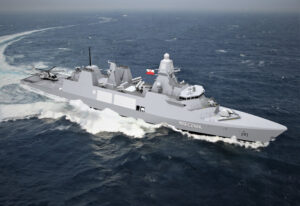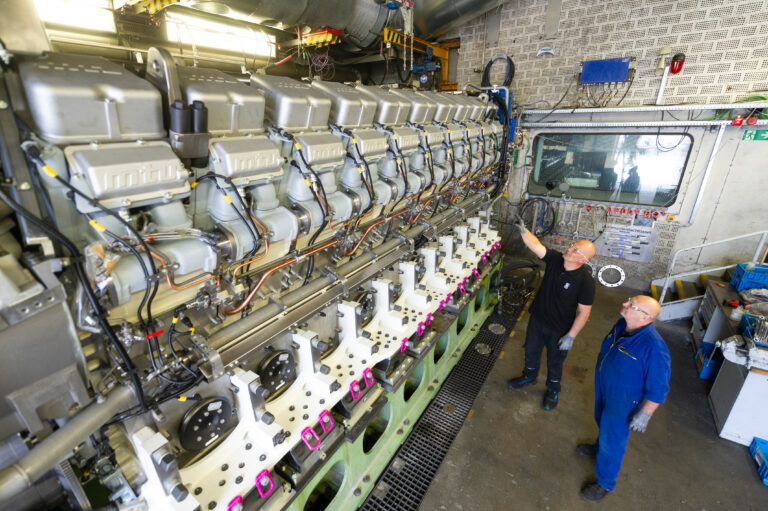The world’s first LNG tug powered by a hybrid system has gone into operation at the port of Singapore with mtu gas engines from Rolls-Royce.
JMS Sunshine
Rolls-Royce has supplied two 16-cylinder mtu Series 4000M55RN gas engines and the gas regulating unit (GRU) for the harbor tug JMS Sunshine.
Chew Xiang Yu, head of Rolls-Royce Power Systems‘ civil marine business in Asia, said, “We are proud that we were able to contribute to Seatrium’s innovative project with our gas engines. The workboat market is one of our strategic business areas. The mtu engines were selected because they meet the demanding requirements of harbor tug operations – in terms of reliability, ease of operation, dynamic engine behavior and low emissions.”
Maritime engineering solutions provider Seatrium was the designer, builder and operator of the new 29m, 65-metric ton bollard pull tug. Chiam Toon Chong, technical superintendent at Seatrium Marine Services, commented, “The handling of mtu engines is straight-forward and user-friendly. Additionally, spare part availability and service support is excellent for the operation of tugs.”

Credit: Rolls-Royce
Sustainable operations
This vessel forms part of the Port of Singapore’s Maritime R&D Roadmap 2030, which aims to make the port more environmentally friendly by reducing energy consumption.
According to the partners, the mtu gas engines are already well below the limit values of current emission guidelines (such as IMO III) without exhaust gas aftertreatment. The particulate mass is below the detection limit and they emit only small quantities of nitrogen oxides.
The hybrid system is said to be particularly suitable for the load profile of the harbor tug because it enables very precise maneuvering and a strong bollard pull when full power is used. To achieve maximum thrust, the total power of the two azimuth stern thrusters is 4000kW. This is achieved by adding to the 1492kW each supplied by the mtu gas engines and 500kW of electric motor power on each shaft. The tug is equipped with a battery capacity of 904kWh hours. The battery power is used to absorb peak loads, for example during acceleration, to maneuver purely electrically in port and to supply the ship with electricity on board.
In related news, Mitsubishi Shipbuilding recently built and delivered an LNG bunkering vessel with dual-fuel engines to the Yamatomachi Shipyard in Yamaguchi Prefecture. Click here to read the full story.



